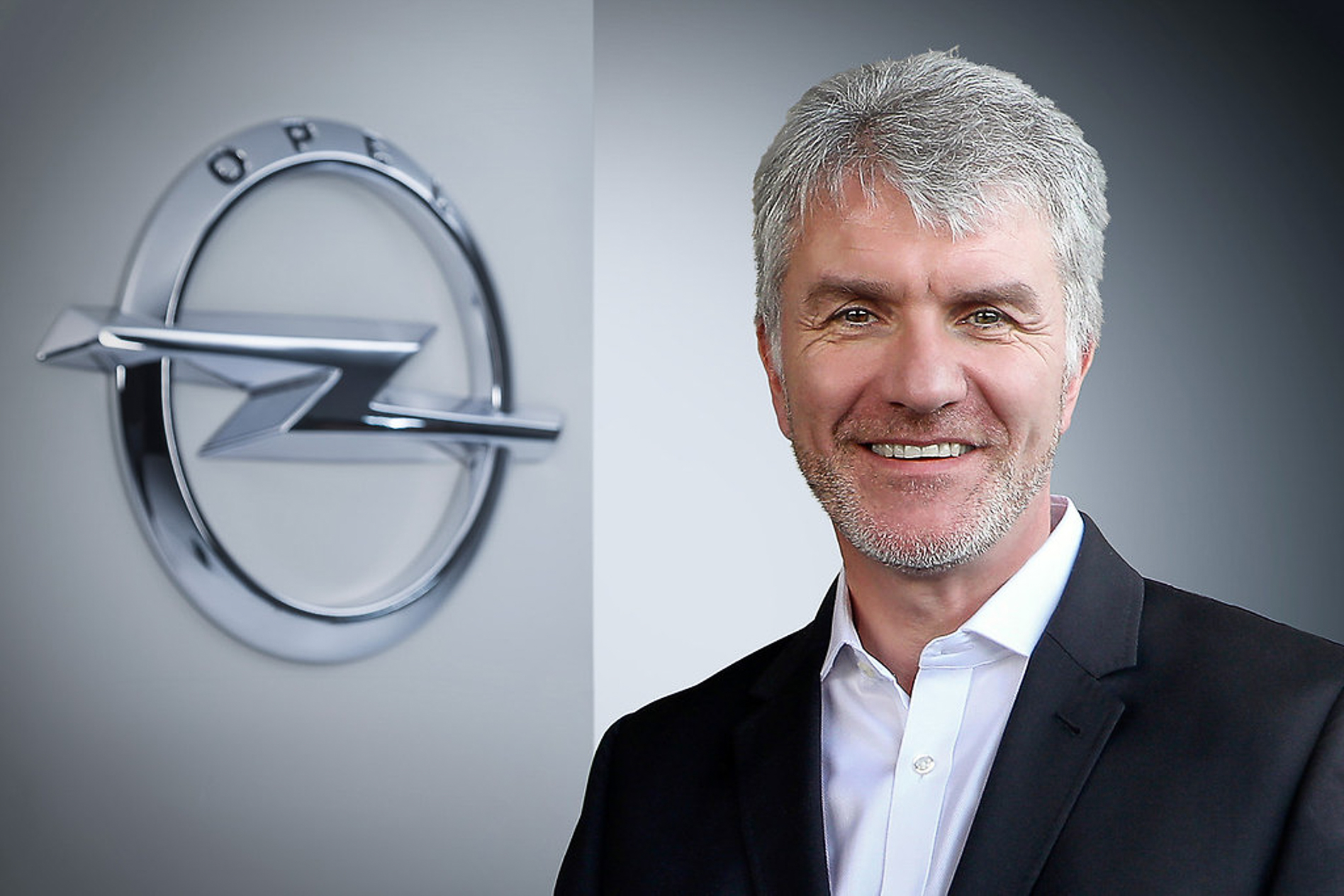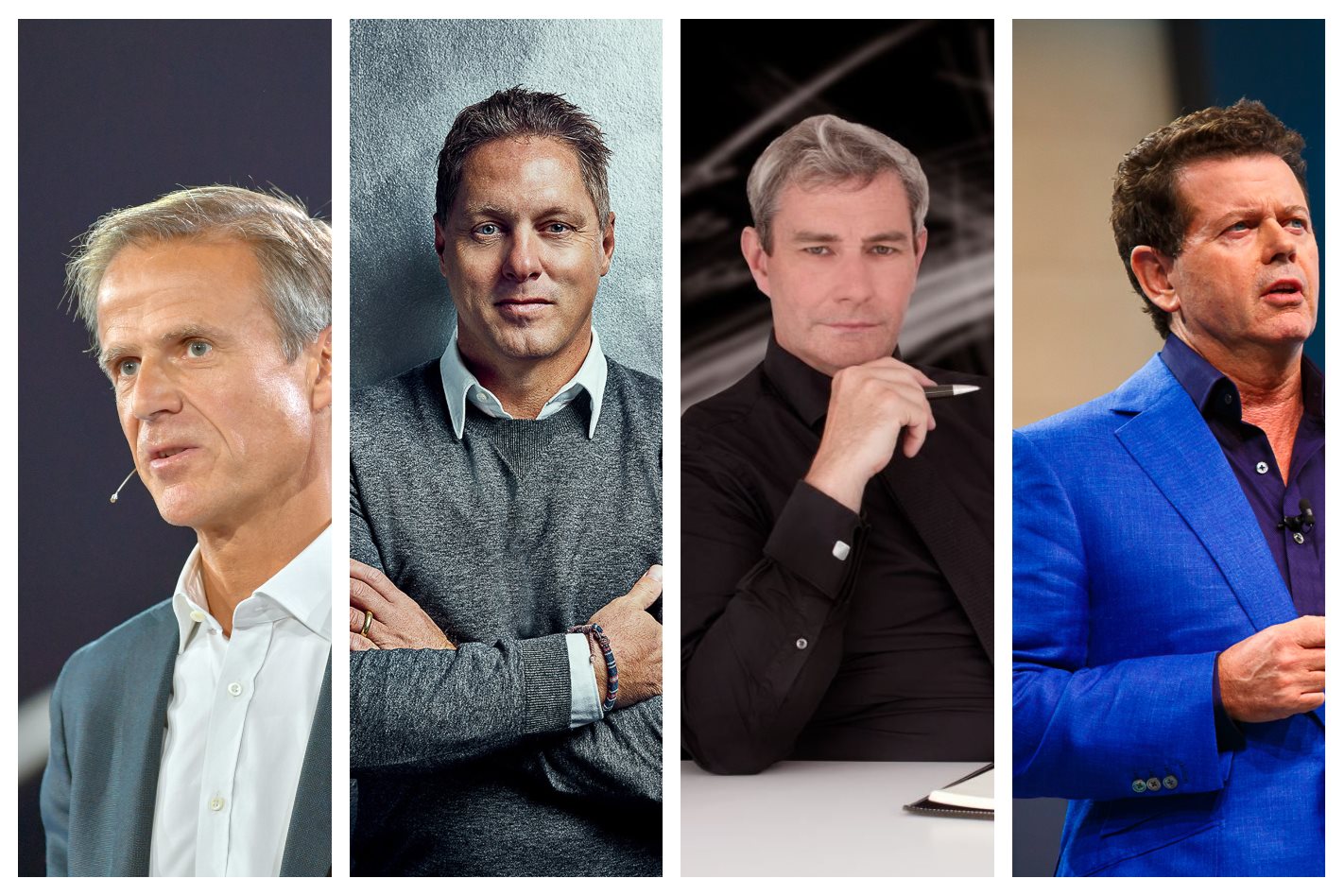We live in a new golden age of car design. Designers who recognise and embrace this fact will inevitably ascend to the peak of their professions while those who rail against the current pace of change fade from view.
Never has there been a more exciting, progressive period in car design, as our entire model of car ownership, the way vehicles are powered and the form factor they’ll take is up for influence.
We gathered guest editor Ian Callum, ex-editor Peter Robinson and current ed Alex Inwood to thrash out exactly who are the 10 most influential design bosses.
You may not agree with their final selection, but the power wielded by the new generation of design visionaries is greater than at any point in car manufacturing history. Our automotive future is being shaped by the hands of these men.
10 – Laurens van den Acker, Renault
There are detail designers, and then there are big-picture visionaries. Renault’s Laurens van den Acker tends to the latter. “Products on their own are important but not enough,” he says. “We need to change our brand. It’s why we stayed in Formula 1. If we didn’t have F1 we would be just like any other generalist manufacturer, but here we are competing against Mercedes and Ferrari and McLaren.

“Image is a collection of many pieces,” he says of Renault’s chess game strategy. His delivery of the Renault EZ autonomous design study (above) was one of the highlights at Paris this year and set an emphatic and achingly desirable template for luxury driverless transport. Van den Acker is looking at the long game. “Sooner or later the customer will wake up to us.” AE
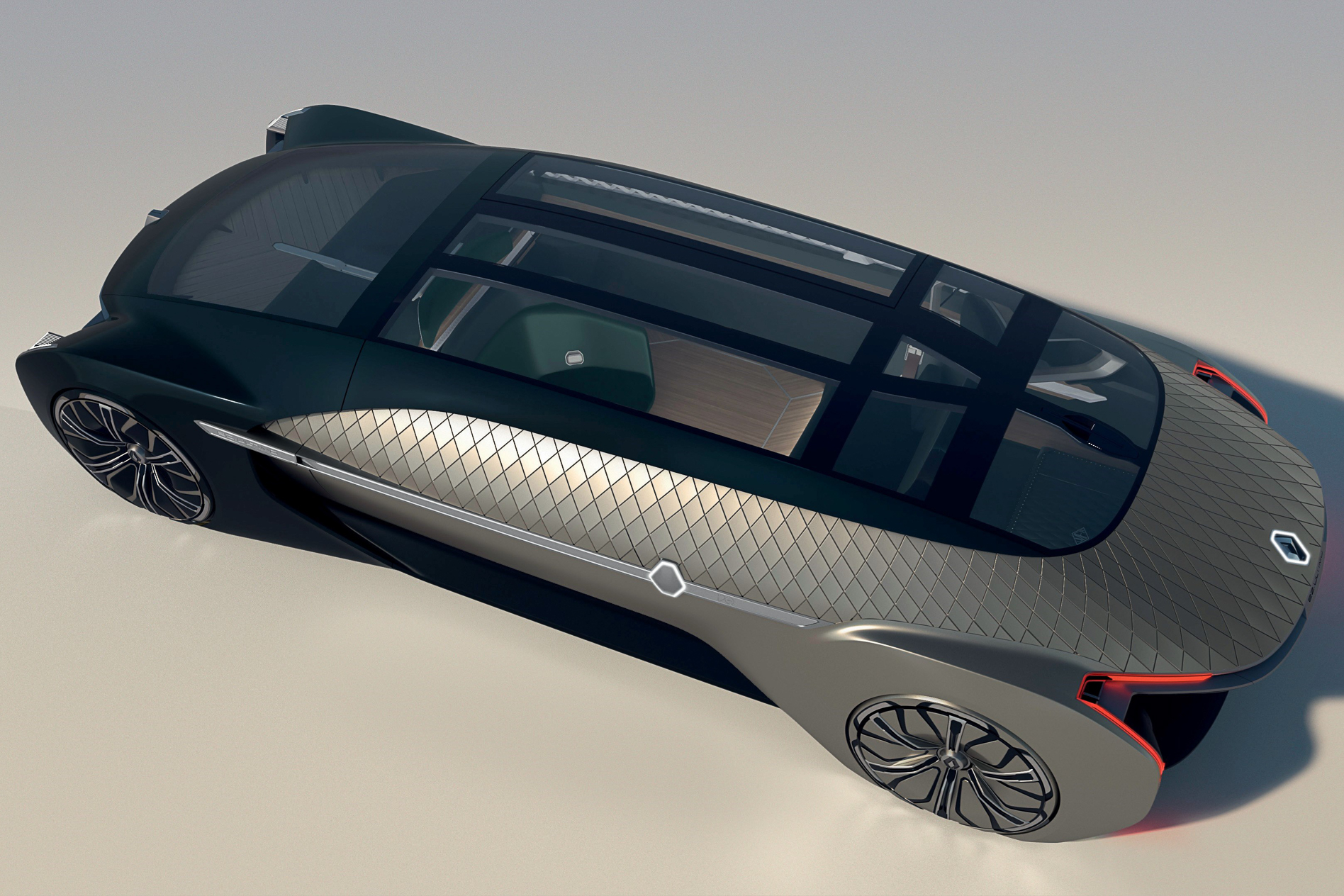
9 – Thomas Ingenlath, Volvo
Not content with revolutionising Volvo’s design since 2012, the 55-year-old German is now shaping the future look and feel of electric cars. Oddly for a designer, Ingenlath was last year appointed as the CEO of Volvo’s burgeoning electric-car brand, Polestar, and has since given us the striking Polestar 1 and 2.
Clean and crisp with a heavy dose of measured, Scandinavian cool is the Ingenlath calling card, though his influence extends well beyond how modern Volvos and Polestars look. He was instrumental in locking in the hard points for the company’s new SPA and CMA architectures and seems hell-bent on making EVs for drivers.
“Electric cars now are defined by their acceleration,” hetold CAR. “We will make cars that are really enjoyable to drive in handling, steering and overall everyday performance.” He’s speaking our language. AI
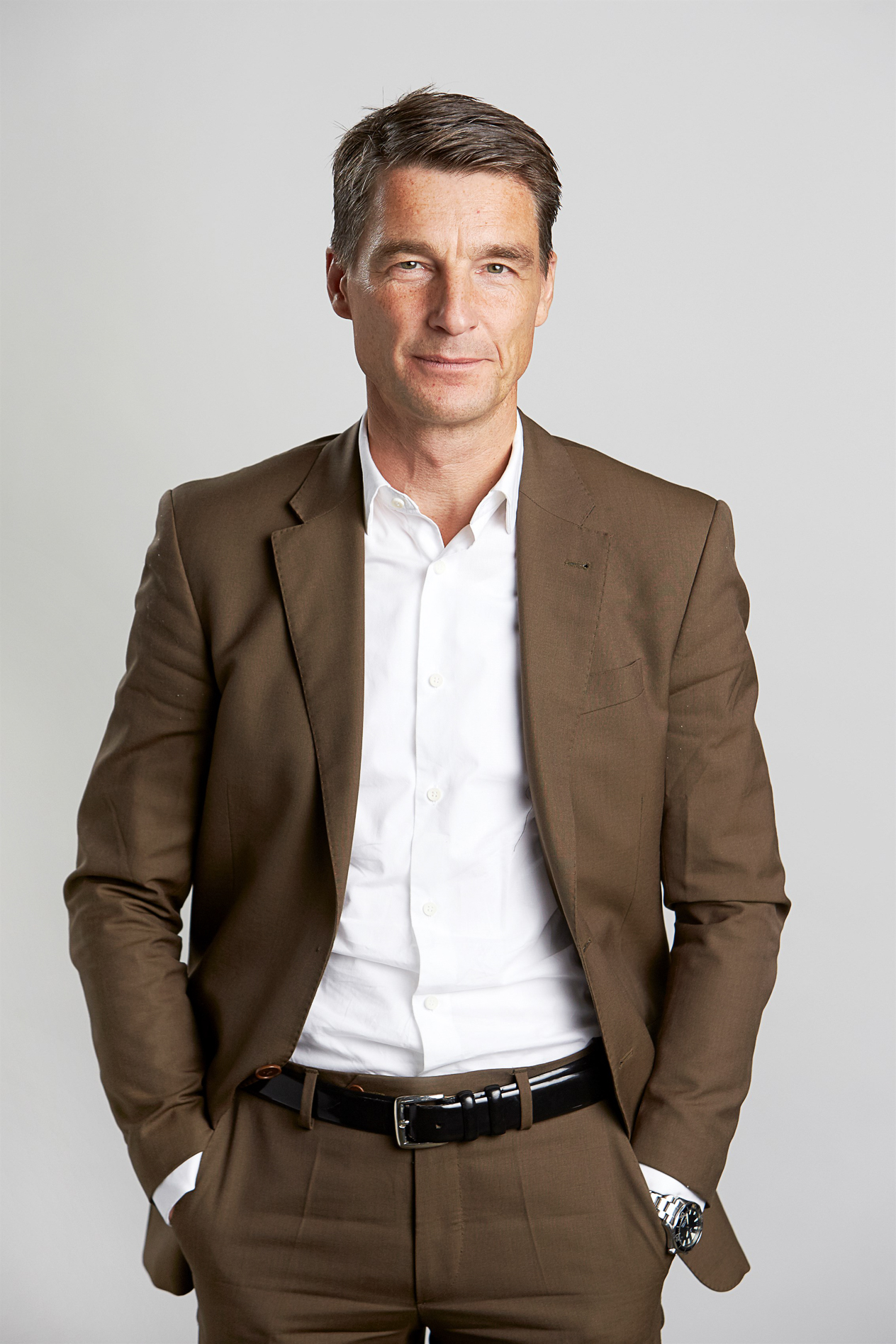
8 – Mike Simcoe, GM
It’s still too early to tell if Mike Simcoe, Melburnian boy made good, and best known for the VT Commodore and Monaro, is going to be able to bring real beauty back to GM’s cars. However, as vice-president of GM Global Design since the middle of 2016, Simcoe carries massive clout and has a proven record of great designs.
He also brings an emphatically holistic perspective to GM’s top design job, as he told Peter Robinson not long after taking up the role: “I like design to be total design. Designers are not stylists; they’re designers and they’re holistic in their impact on a vehicle. If we can’t influence the design architecture of the vehicle, [its] quality and function, then we’re not doing our job.” AW
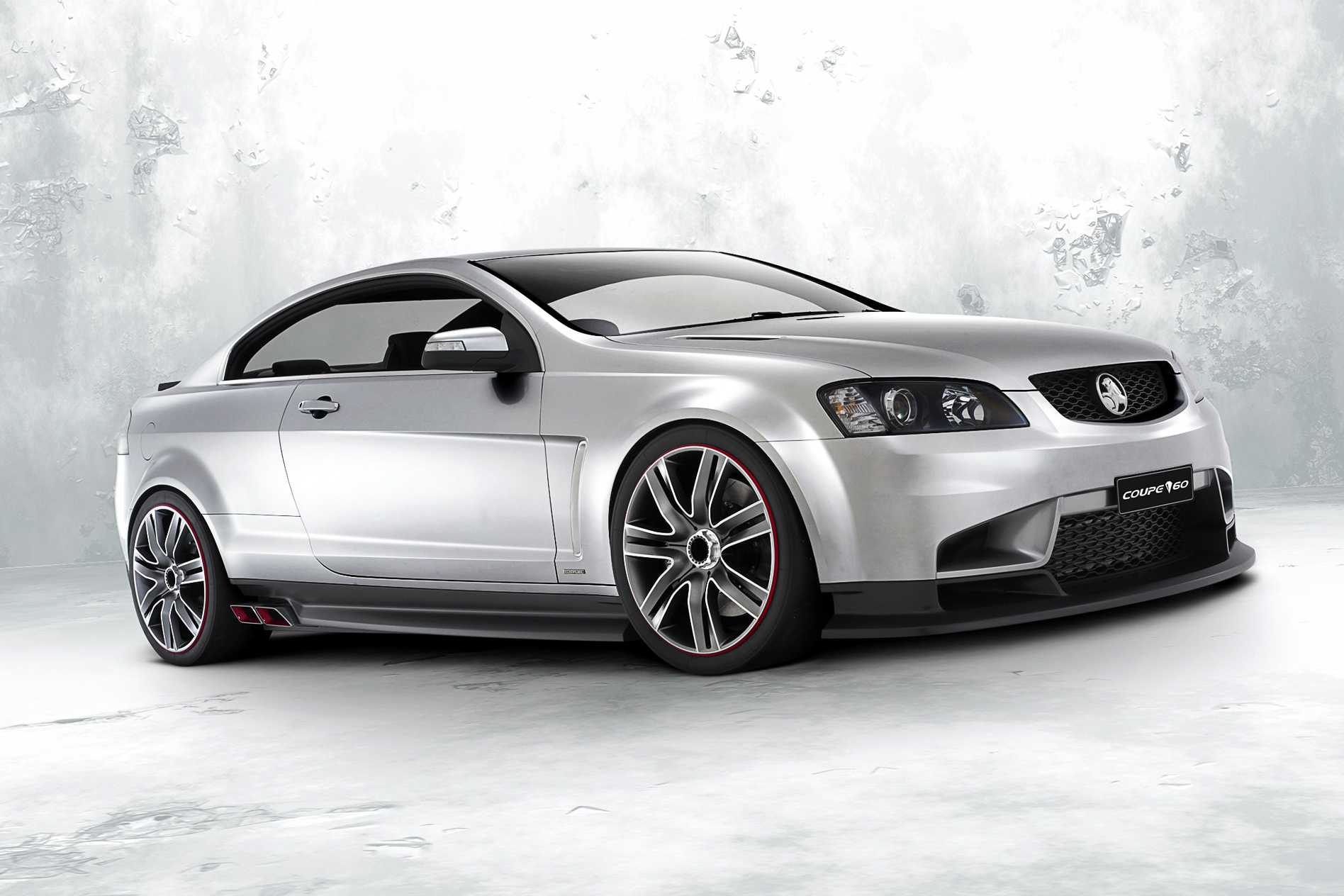
7 – Michael Mauer, VW Group
How is design influence quantified? That was the question we pondered when trying to decide where to place Michael Mauer, head of design at VW Group, in this line-up. Marked against moving the meter on mainstream models in the VW Group, you could argue that there are plenty who are showing greater daring and innovation.
But in terms of sheer scale – the VW Group is the second-largest manufacturer in the world – then Mauer’s sphere of influence, and his ultimate ability to greenlight bold design from any one of eight brands, is unparalleled. Plus he’s still entrusted as the ultimate arbiter of Porsche’s design direction (he was hands-on for the 991 911, among many other projects), and the Taycan (below) suggests both heritage and forward-thinking are in lockstep. AW
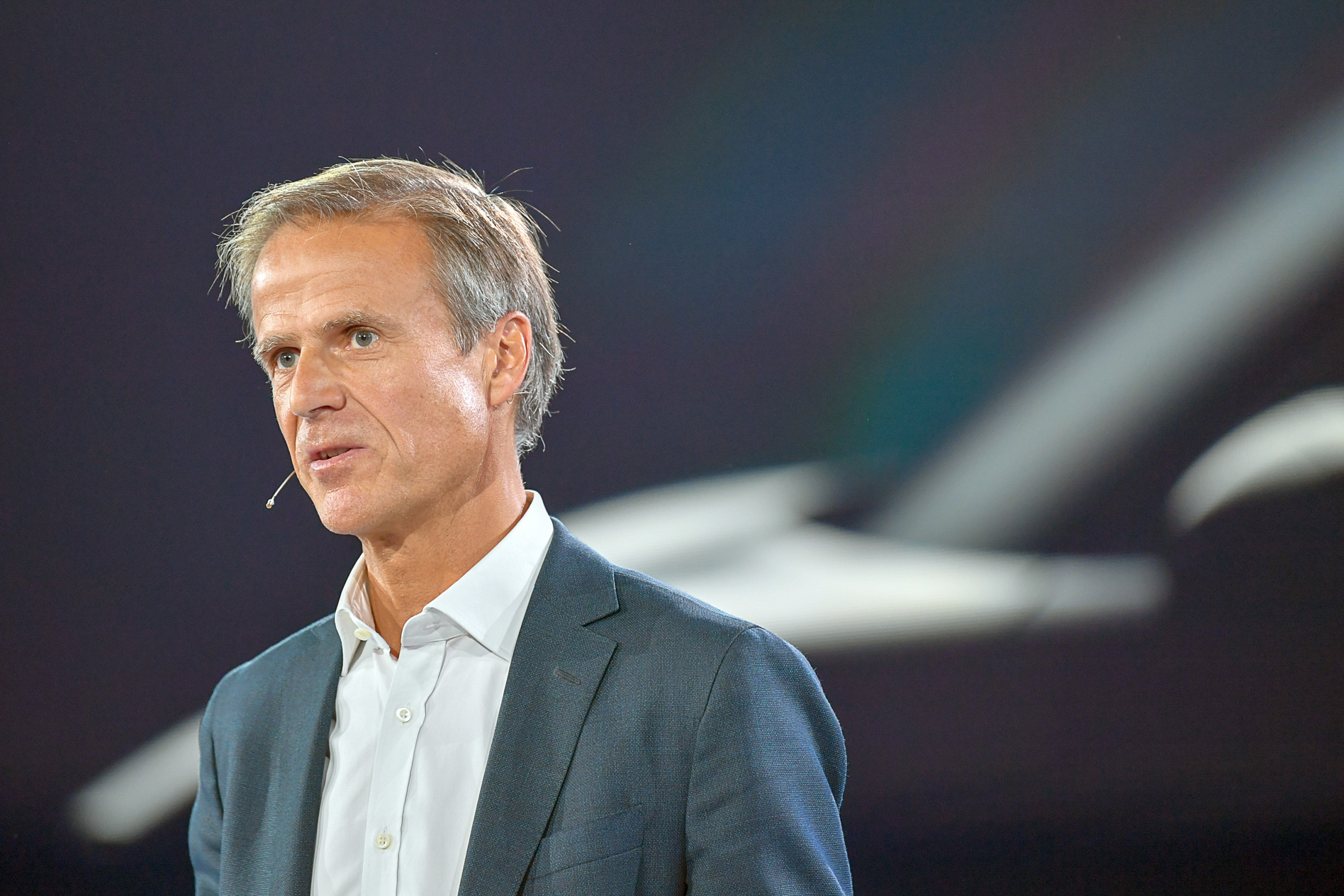
6 – Marek Reichman, Aston Martin
The revival of the Range Rover, Aston Martin’s astonishing Vulcan, the landmark Rolls-Royce Phantom: Marek Reichman’s resume needs no embellishment. Majoring in industrial design, the 53-year-old Brit’s grasp of both materials science and the craft of car manufacture is key to his work. The current Aston Martin Valhalla features Reichman’s trademark solidity and architectural precision of line.
“A hypercar is all about performance but it has to be robust, has to be lightweight but look strong. It is more elemental and functional,” Aston’s studio head says. Hypercars grew from the mid-engined silhouettes of supercars, a form factor forged five decades ago. With the Valhalla and Valkyrie projects under Reichman’s guidance, the most exciting road car genres are morphing into something ever more progressive. AE
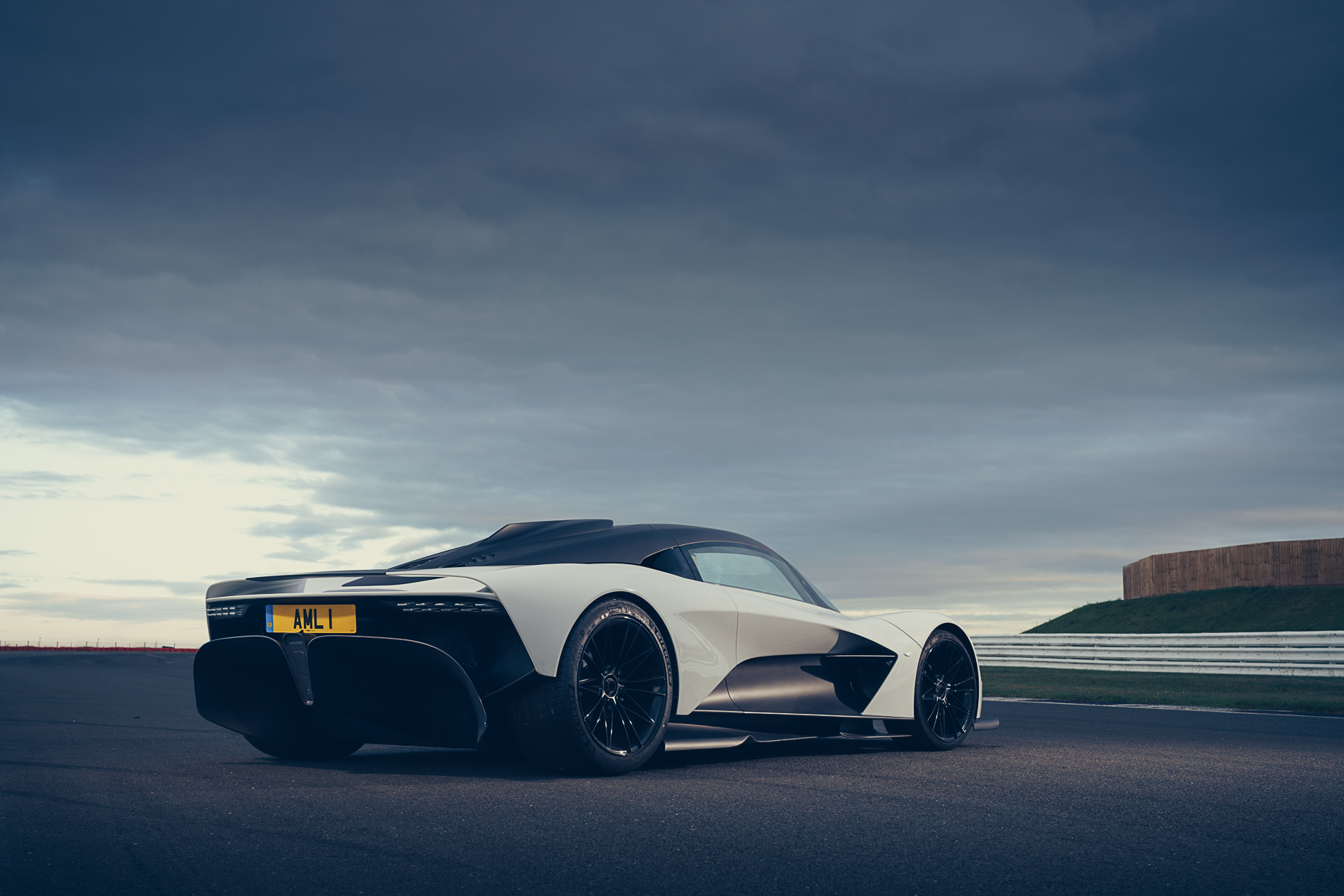
5 – Ikuo Maeda, Mazda
It’s impossible to profile Mazda design chief Ikuo Maeda without mentioning his father, Matasaburo, the (now retired) Mazda designer who penned the original RX-7. Apparently father and son had a slightly tempestuous relationship, but Ikuo joined the company in 1982 aged 23, and has contributed first-hand to the shift in Mazda’s ethos and ambition.
Few concept cars encapsulate this better than Ikuo san’s awesome RX-Vision, first shown at Tokyo in 2015 and embodyingthe KODO design language. From its long, low bonnet (achieved thanks to the compactness of the rotary engine) and short rear-deck proportions, the RX-Vision somehow grabs the essence of Mazda’s sports car history and crafts it to the end point where the company sees itself, with Maeda at the design helm, powering into the future. AW
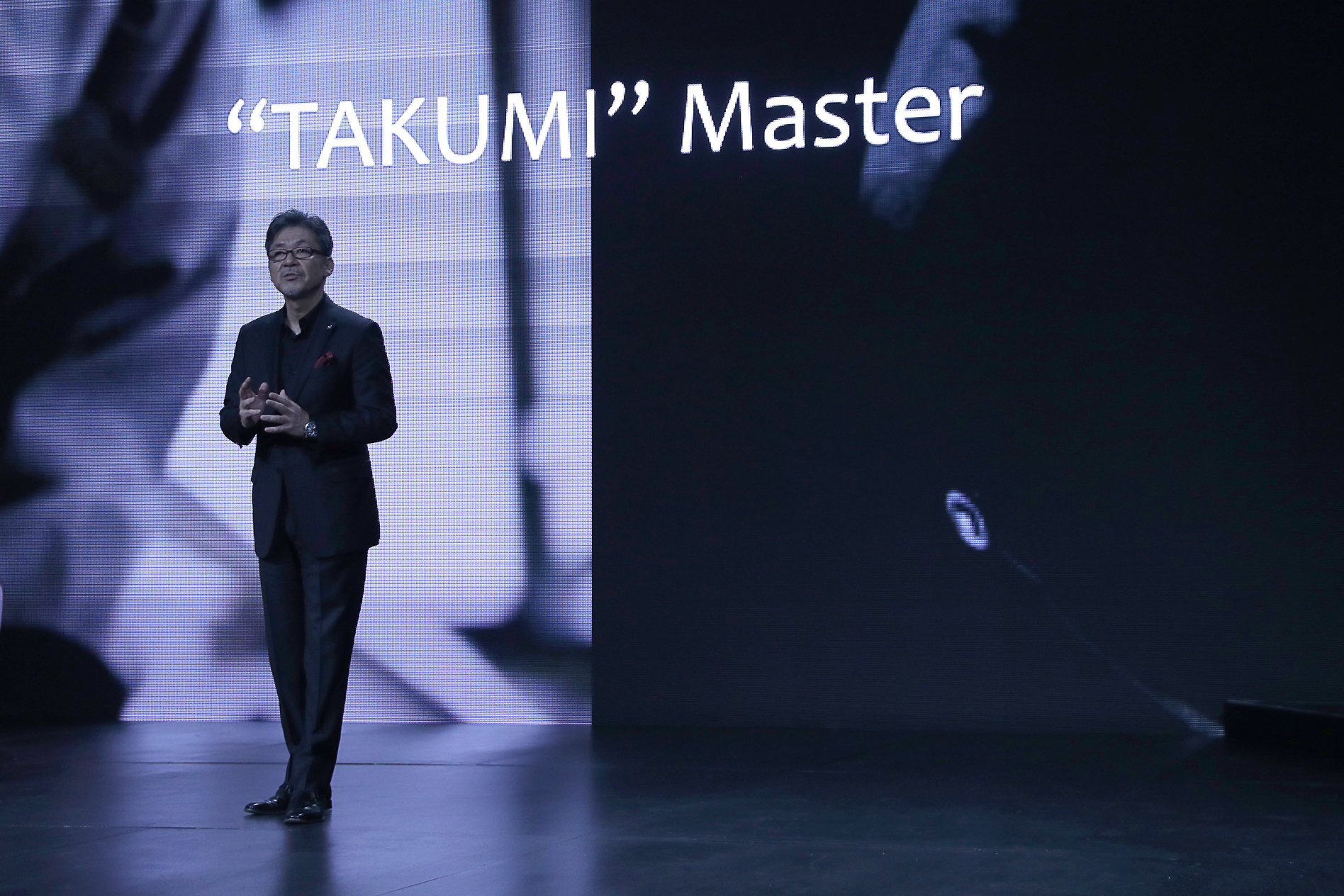
4 – Luc Donckerwolke, Hyundai/Kia
Has there been a more spectacular design turnaround in recent times than that of Hyundai/Kia? Maligned and scoffed at not so long ago, now the Korean brands are producing some of the industry’s most striking and influential cars. Don’t believe us? Google ‘Genesis Essentia concept’. Key to this radical turnaround has been the hiring of some of the design world’s leading minds.
Former Audi designer Peter Schreyer played a pivotal role, as did Sasha Selipanov (now at Koenigsegg), but the man currently in the hot seat is Luc Donckerwolke. Renowned for his work on the Lamborghini Gallardo, Donckerwolke took up his role as design head for Hyundai Motor Group (which includes Kia) in 2015. Rumour is he’s pushing for an even more radical direction, but meeting some resistance internally. Change is never easy. AI
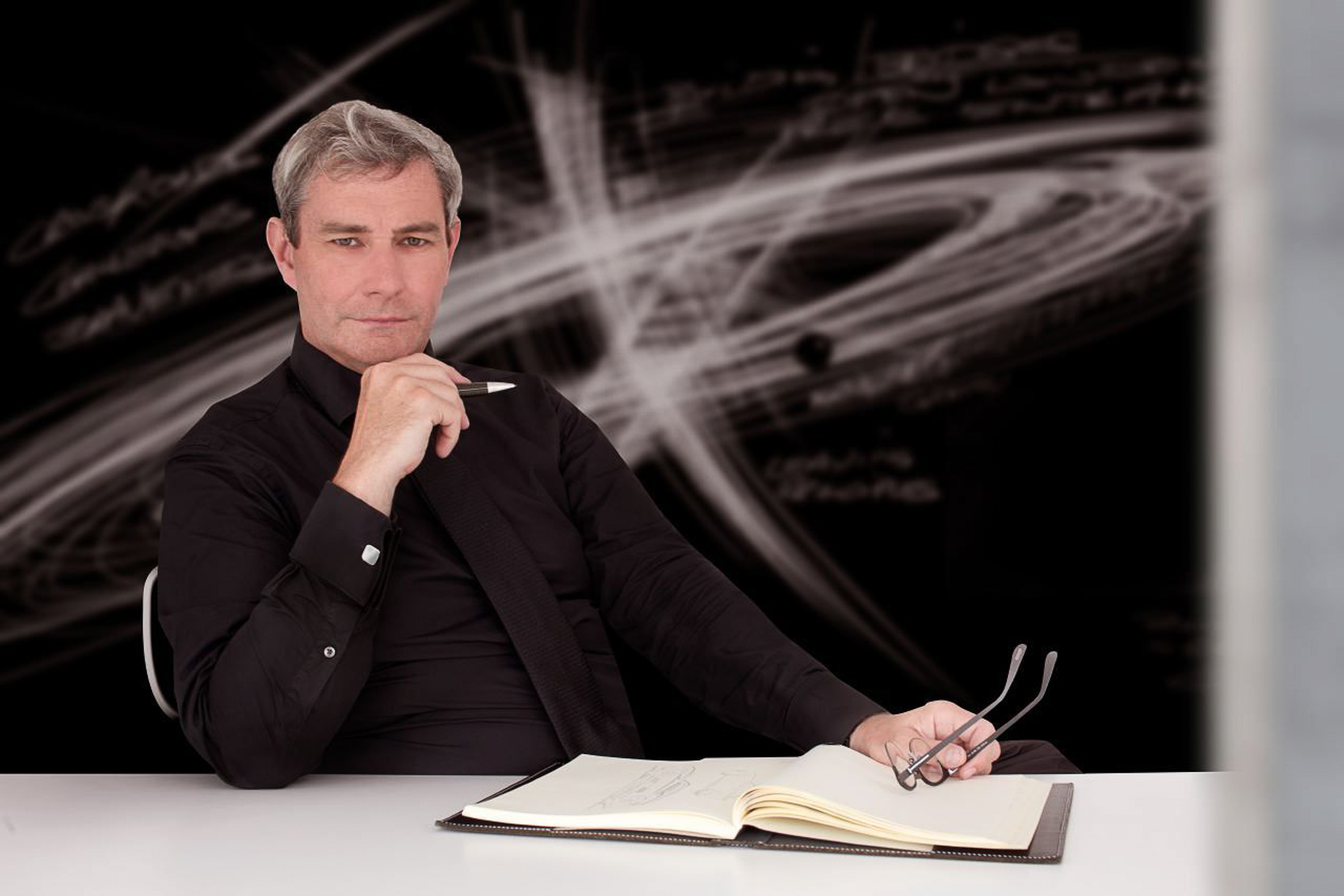
3 – Gerry McGovern, Land Rover
How do you reinvent an icon? You certainly don’t follow. “I don’t take any notice of the competition when it comes to design,” says the consistently brusque McGovern. “I’m not interested in following the latest trends. Trends come and go.” Function inevitably dictates form at Land Rover, a company which McGovern claims “has its roots in pure design as opposed to styling”, and the new Defender’s adoption of an aluminium monocoque chassis will doubtless shift the agenda for serious 4x4s.
The design chief’s bold rejection of anything with a sniff of retro about it could have alienated a notoriously diehard clientele. “The new Defender is respectful of its past, but it isn’t harnessed by it,” he claims. In this key market sector, McGovern’s design direction sets the bar. That’s influence. AE
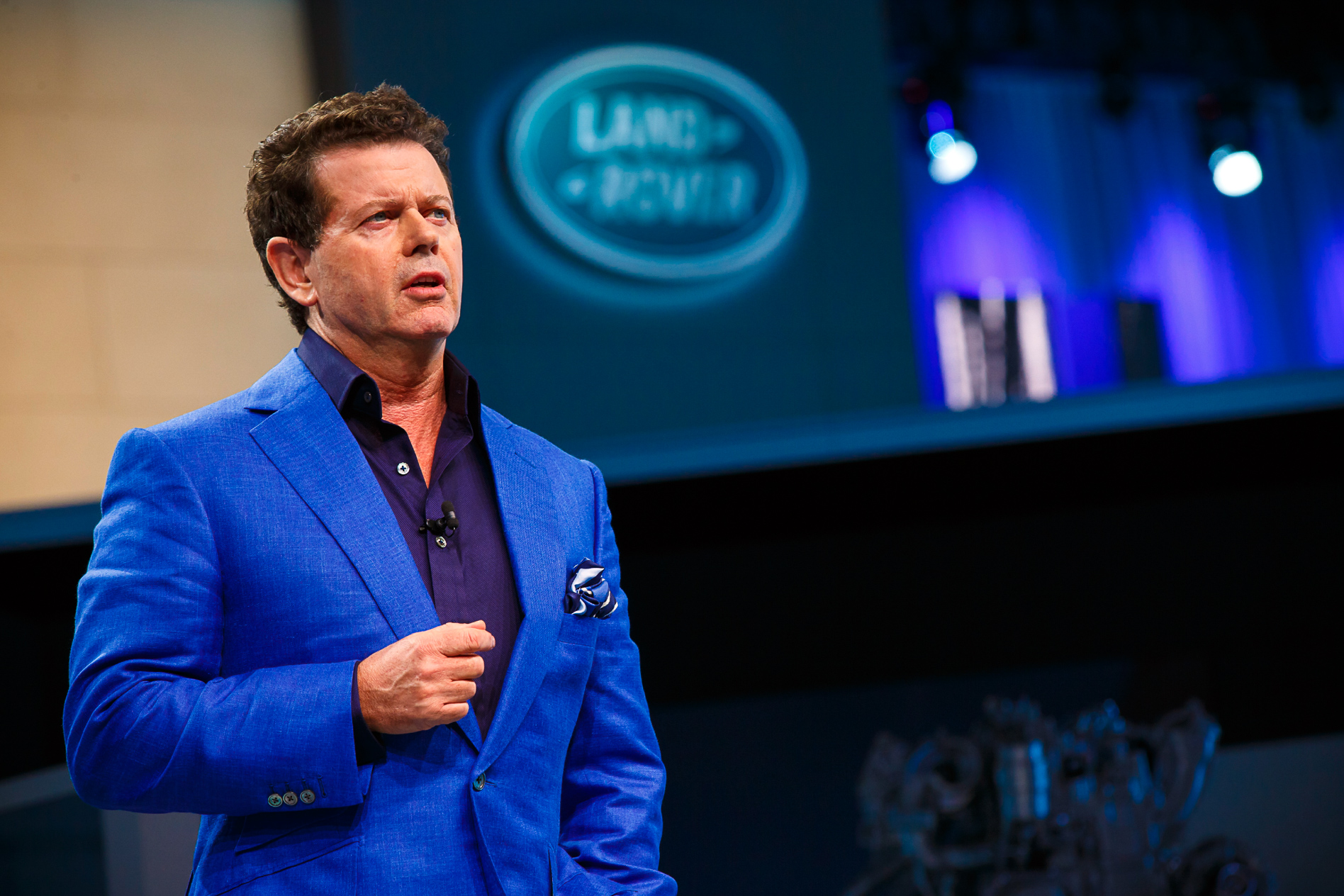
2 – Franz von Holzhausen, Tesla
Slightly controversial, this. Not for including von Holzhausen in this company – few could fail to see the influence his work at Tesla has yielded on the entire automotive industry – but for his placement at number two. Educated at the same school as Chris Bangle, J. Mays and Henrik Fisker, Franz earned his stripes at VW, GM and Mazda before joining Tesla in 2010, when the company was selling just one car (the original Roadster).
He’s since helped spearhead the American company’s assault on the establishment by giving us the Model S, Model X, Model 3, Model Y and the second-gen Roadster. An ability to marry minimalism with striking proportions and detailing defines von Holzhausen’s work, though his true influence lies in his ongoing legacy of transforming EVs from being dorky and peripheral into objects of desire. AI
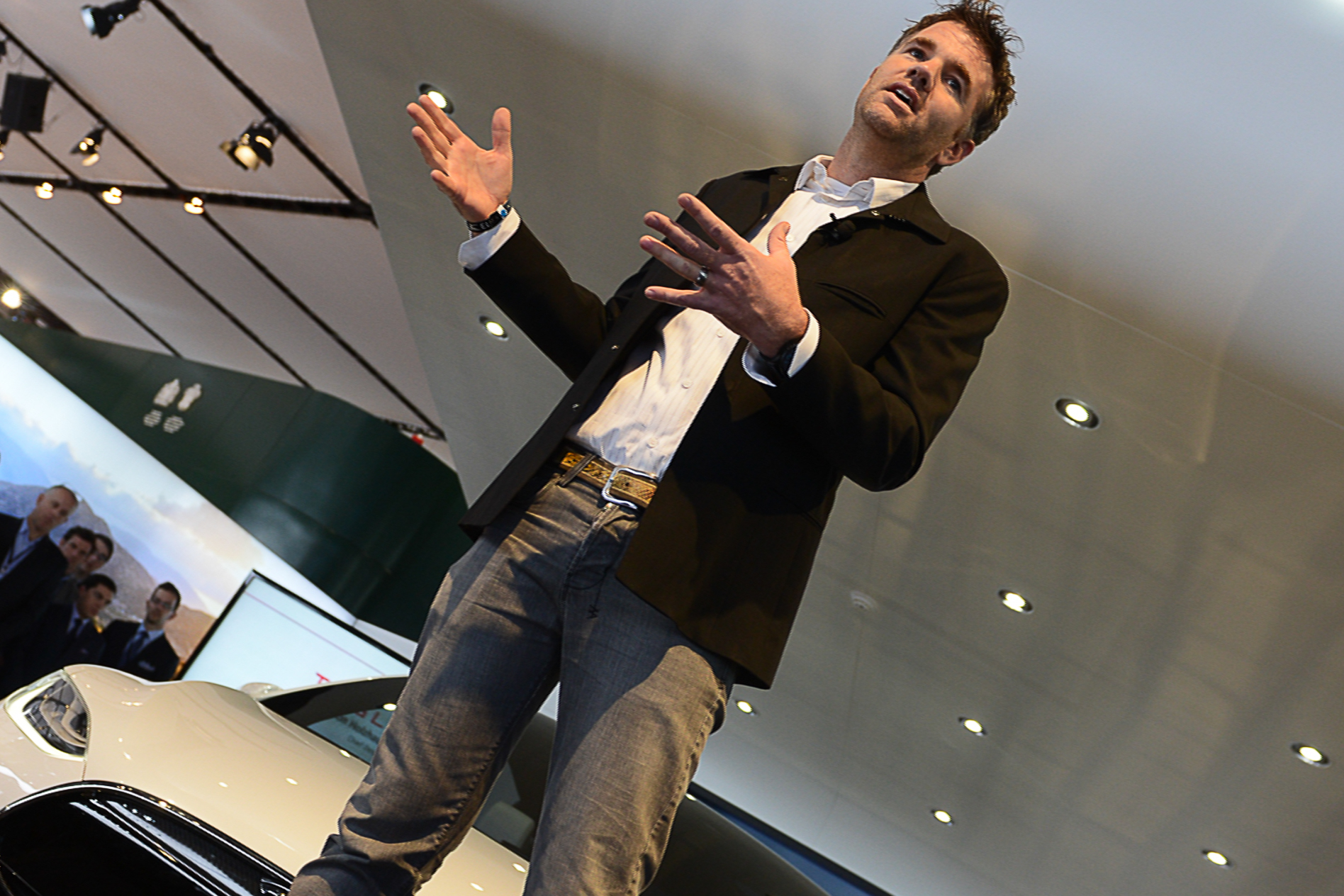
1 – Gorden Wagener, Daimler
Sensual Purity – Gorden Wagener on Design might just be the world’s most beautiful book. It’s a seamless, metallic hardback tome with organic embossed strakes running across the cover. Figure out how to open it and Wagener’s concept of a future world bursts into life. It’s not just cars: roads, bridges, villas, skyscrapers, boats, aircraft.
It’s akin to being plugged into the Mercedes-Benz Chief Design Officer’s brain and it’s both gorgeous and dizzying. Wagener’s breadth of vision made him a perfect fit for this role; appointed in 2016 at the tender age of 39. His brief? To stand Canute-like against the ceaseless tide of demographics, reducing the average age of Mercedes buyers. Dynamism rather than Stuttgart’s trademark conservatism now permeates the business. The Vision EQS design study demonstrated a newly nuanced luxury aesthetic and Mercedes production vehicles are also achieving something few thought possible.
The average CLA customer is 10 years younger than for any of its other models. In Europe, half of CLA customers are conquests from other brands. Fully 75 percent go on to buy another Mercedes. Design weaponised as a central pillar of corporate strategy requires a formidable hand on the tiller. In that regard at least, Wagener has no peer. AE
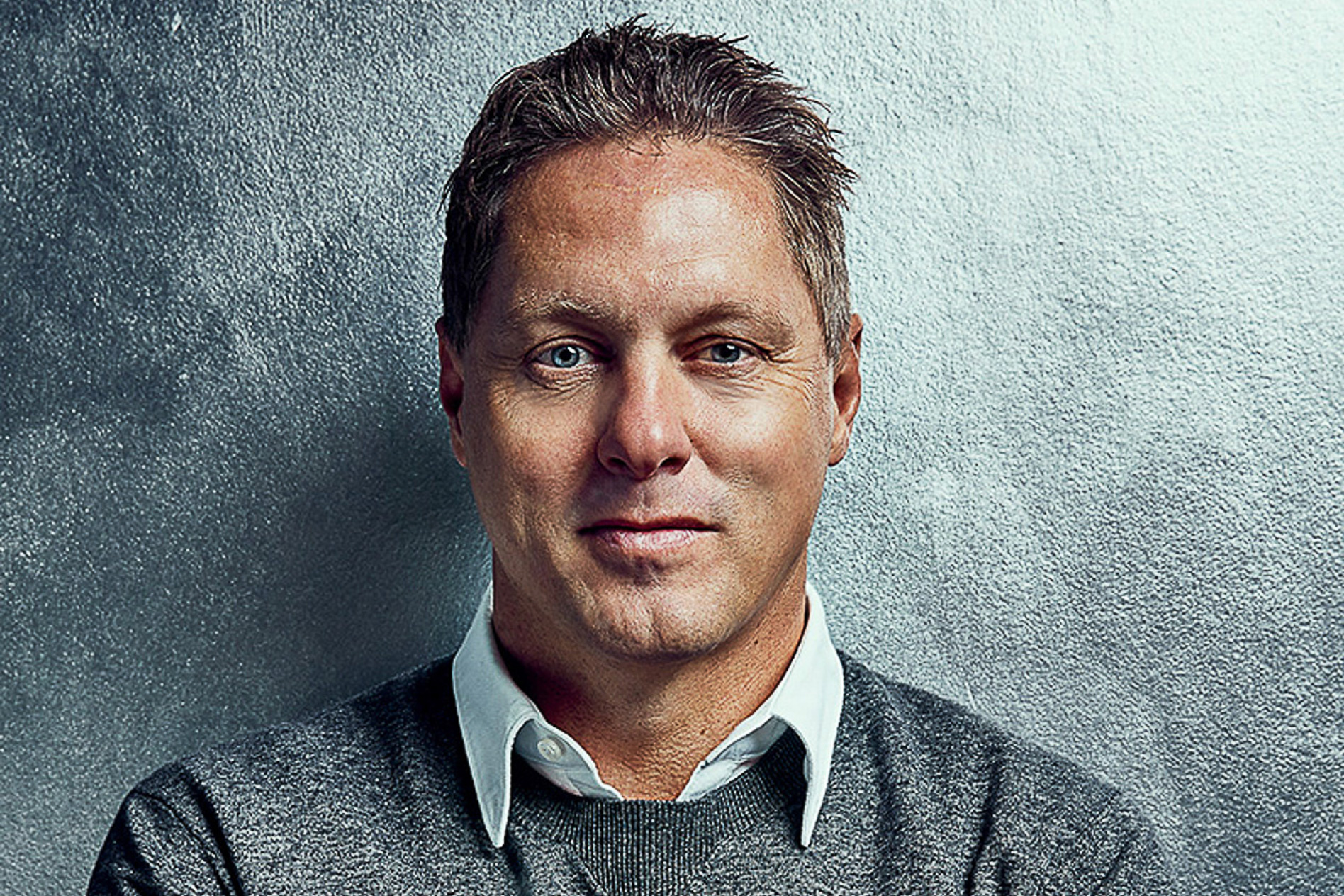
Honourable mention – Mark Adams, Opel
Adams is a former senior GM design figure who’s worked across the portfolio of brands, but currently heads up design at Opel, now part of PSA. His back catalogue includes GM’s breakthrough hybrid, the Chevrolet Volt, but Aussies will be more accustomed to his Opel Insignia (right) or, in local parlance, the ZB Holden Commodore. An engineer who then pursued a master’s degree in vehicle design, his inclusion here comes via a particular Ian Callum recommendation.
“Having both an engineering and creative, artistic background means that I use the left and right sides of the brain; in my job I think that has been an amazing benefit,” reflects Adams. “When I’m challenging engineers I can understand engineering principles very well – this has given me a very strong foothold in both camps.”
So what is central to great design? “My three most important rules are proportion, proportion, proportion,” he insists. “Because great proportions then allow you to simplify your design approach. You don’t have to try so hard, you don’t have to over-decorate when you have well-thought-out product fundamentals.” AW
